During February, my attention shifted from that of stalking insects to playing detective while rummaging within my local woodland in search of the most elusive of organisms – Fungi. Fungi are fascinating for the incredible variety of fruiting bodies they produce. I’m also drawn-in – albeit even seduced – by their mysterious presence along with their incredible symbiotic relationship with trees and insects.
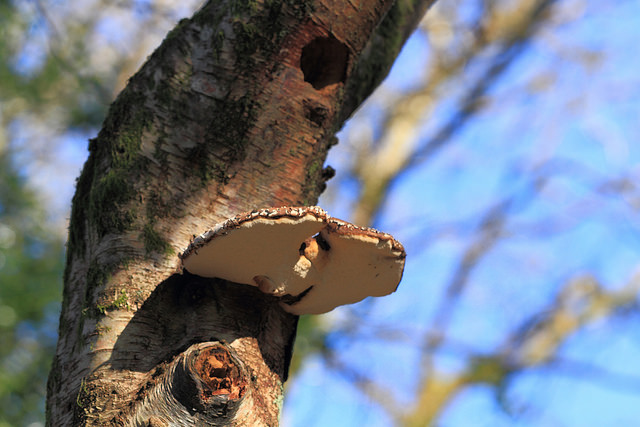
Birch Polypore – Piptoporus betulinus
One of the most widespread and common brackets, present in virtually every birch wood. Notice the woodpecker hole just above it! Found in, Brynna Woods (near Bridgend) South Wales.
Brynna woods comprises of 38ha of secondary and some ancient, semi-natural woodland, scrub, marshy grassland and rudder habitats.
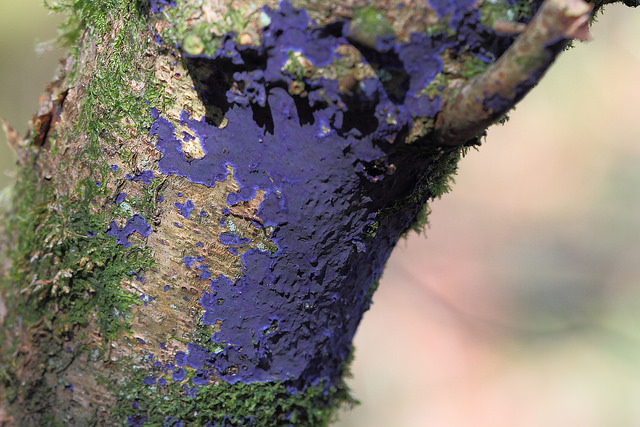
Cobalt Crust – Terana caerulea
The vivid blue colour of the Cobalt Crust is enhanced by the light of the sun which changes it to a more intense blue with violet tones. The colour loses its intensity with age. The crust comprises individual rounded spots, some of which coalesce to form irregular patches. The surface is smooth, slightly bumpy and finely velvety, with a soft waxy texture. Brynna Woods, South Wales.
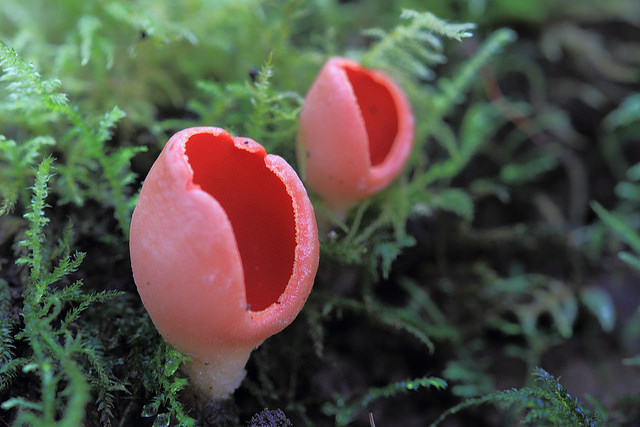
Scarlet Elf Cup – Sarcoscypha austriaca
Venturing into Porthkerry Wood, I found these Scarlet Elf Cups, partly buried in damp moss and rotting wood. The irregularly shaped cups have a smooth, bright red hymenial (fertile) inner surface and a felted outer surface. Cup diameter ranges from 2 to 7 cm when fully extended; height typically 1 to 2 cm. The outer (infertile) surface is paler than the inside, sometimes pinkish but often with an ochre tinge. It is covered in tiny hairs, which in this species are in the form of tangled coils.
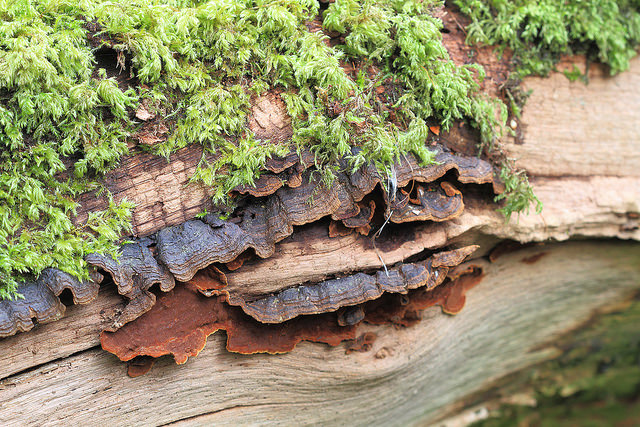
Southern Bracket – Ganderma australe
This bracket develops noticeable growing ridges on its upper surface. These ridges run horizontally along with the grain of the rotting trunk. It reminds me of the stratification that appears on geological formations and is also a fitting testament to the gradual eroding process of time.
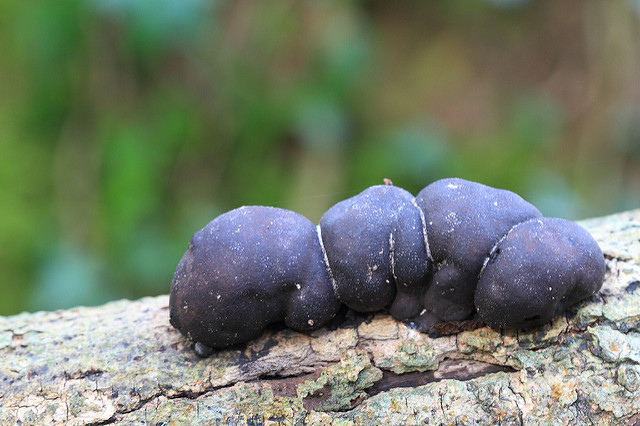
Daldinia fissa
The head begins as a reddish-brown before turning bluish-black. Hand-held / natural light. Found in Porthkerry Wood, Vale of Glamorgan. Fruit body about 3cm wide. The surface of the head is finely pimpled. The head begins as a reddish brown before turning bluish black.
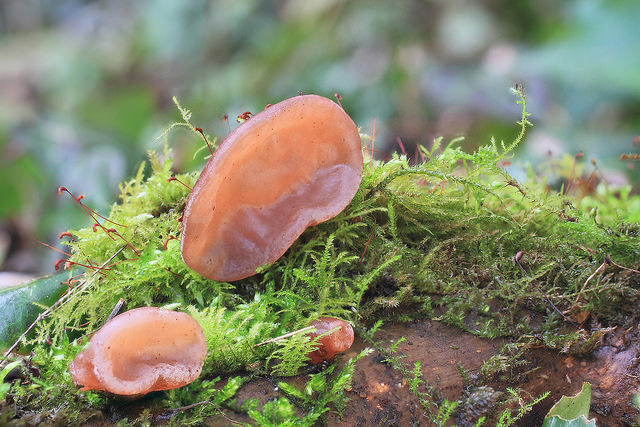
Jelly Ear – Auricularia auricula 4 stack ZS
Hand-held 4 shot stack using Tokina 35mm macro. Porthkerry Woods, Vale of Glamorgan.
When I came across this fungi my initial thought was that it looked like an ear. Being trained as an artist I couldn’t help but think of Vincent Van Gogh’s cut off ear being somehow surrealistically transposed in time and lying there in front of me. Indeed, Woods are mysterious places that often bring out the primeval and irrational in me. Anyway, the reference to the ear wasn’t as subjective as I had assumed because when I arrived home and looked-up my ‘Mushrooms and Toadstools’ Field Guide, I was delighted to find a match and yes you guessed it, it’s called, ‘Jelly Ear’ (Auricularia auricula).
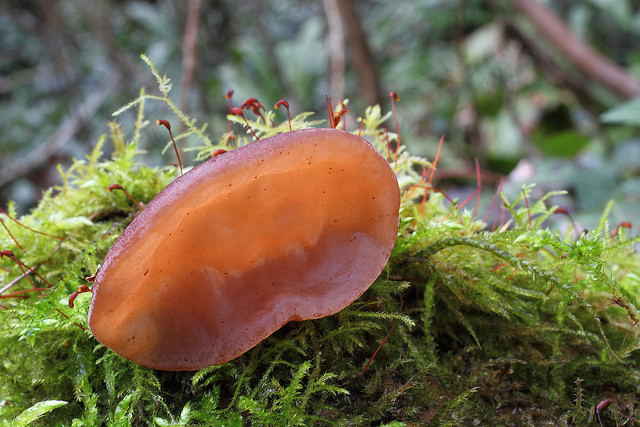
Hand-held at f16 using Tokina 35mm macro. The small aperture really brings out the detail and gives an indication of the wooded background. I’m beginning to love this lens and I can see that it has great potential for macro/environmental captures.
Porthkerry Woods, Vale of Glamorgan.
The Jelly Ear Fungus, is mainly seen in winter and spring. It grows mainly on dead elder trees and on fallen branches, but you may also find it on other types of hardwood.
Tokina 35mm macro. Porthkerry Woods, Vale of Glamorgan.
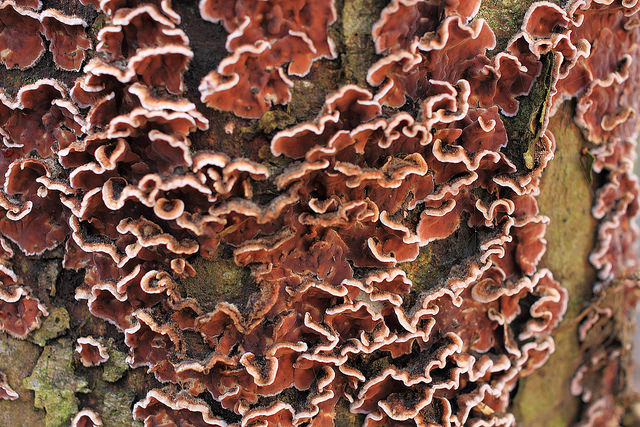
Tripe Fungus (Auricularia mesenterica)
Tripe Fungus is quite variable in appearance, depending on the state of decay of its host timber as well as the developmental stage of the fruitbodies. Like most if not all jelly fungi, Auricularia mesentica generally favours damp shady sites.
Auricula is a Latin word meaning ear – a reference to the ear-like shape of mature fruitbodies of most fungi in this small genus. The specific epithet mesenterica is a latinised adjective derived from the Ancient Greek word mesenterion meaning ‘middle intestine’. (Now you must realise that I really am talking a load of tripe!)
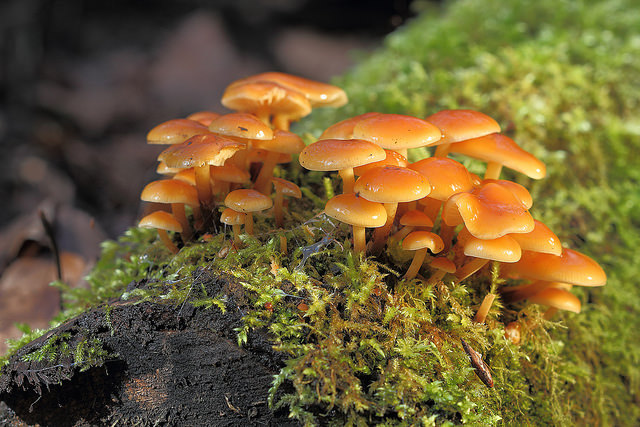
Velvet Shank (Flammulina velutipes)
The lovely orange-brown caps of Velvet Shank seemed to be glowing from out of the damp, moss covered rotting wood. The bright orange caps are generally darker towards the centre and appear slimy in wet conditions (they dry to a smooth sheen). I placed a golden reflector to the right in order to diffuse some of the harsh shadows while also complementing the reflective warm glow of the mushrooms.
Although the stems are tough and best discarded, the caps of the wild Velvet Shank mushrooms are quite highly prized and can be used to make mushroom soup as well as being very good in risotto dishes. They must always be cooked, as applies to nearly all wild mushrooms. Extracts from this mushroom show exceptionally high anti-cancer activity and an epidemiology survey in Japan found that the mushroom farmers had lower rates of cancer deaths than people who were not involved in mushroom farming.
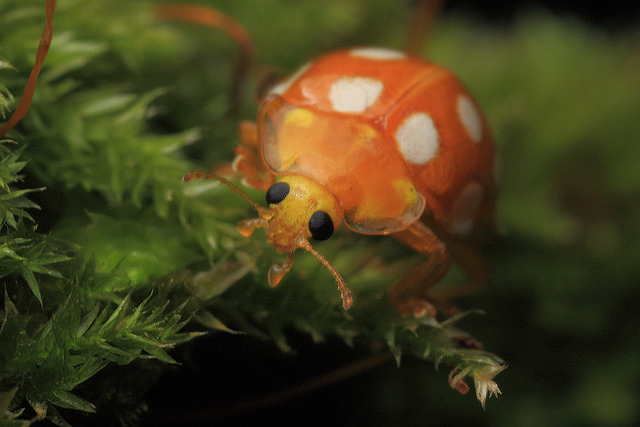
Orange Ladybird (Halyzia 16 – guttata)
Finally, to top it all – while photographing fungus this Orange Ladybird appeared. Like most serendipitous moments, I felt as though the ladybird had found me instead of me finding the ladybird. I quickly put away the 7D with 35mm macro and took out the 40D with MPE. I looked in my bag for my home-made diffuser and was annoyed with myself for having left it at home. I was well aware that the light was going to be harsh but I tried to limit the damage by firing the flash on a low setting and underexposing. Not ideal but at least I avoided blown highlights on the highly reflective Ladybird shell.
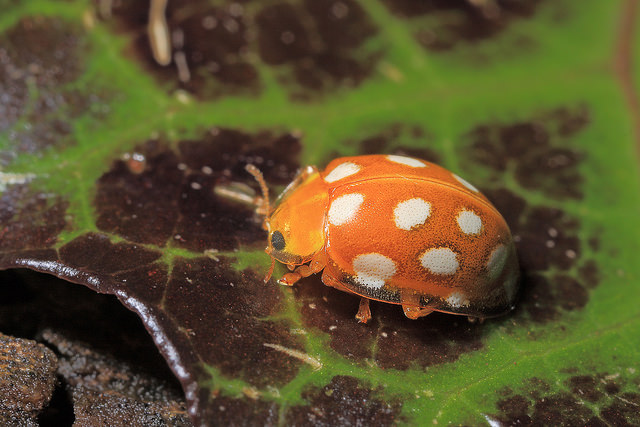
The Orange 16 Spotted Ladybird is a large ladybird that feeds on mildew (fungus) on trees, particularly Sycamore. It hibernates in leaf litter or in sheltered locations. According to my field guide it is seen from April to October. So I’m really fortunate at having captured this wonderful specimen as early as 19th February! This along with my early sighting of a Red Admiral last month would indicate that perhaps global warming is contributing to earlier insect emergences in the UK.
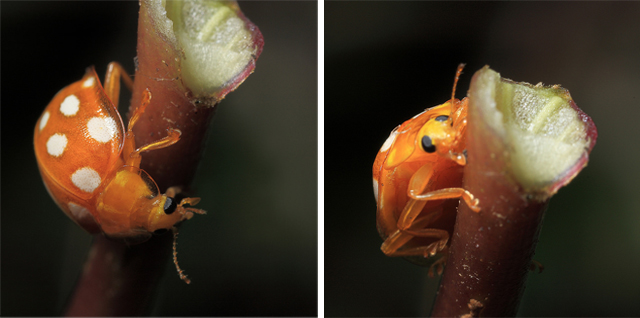
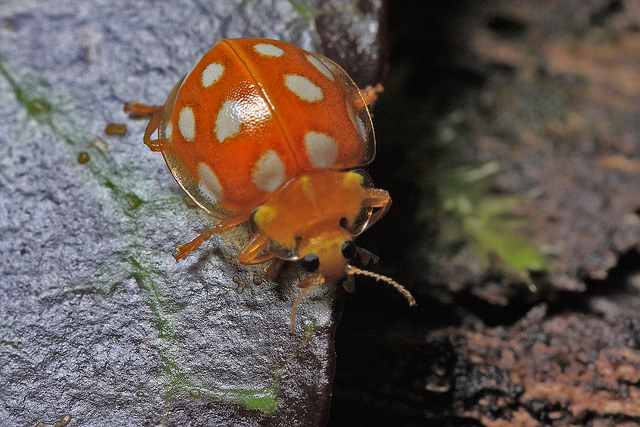
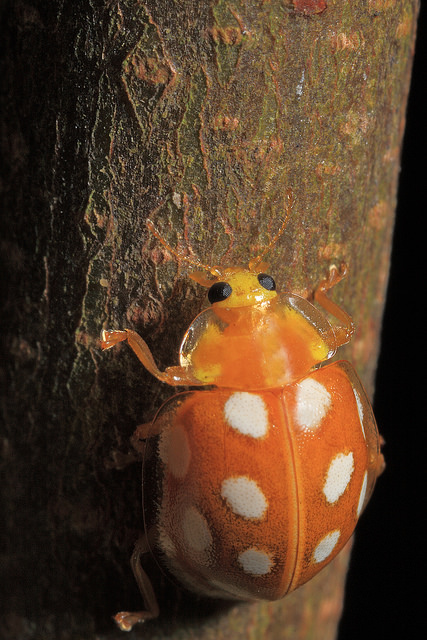

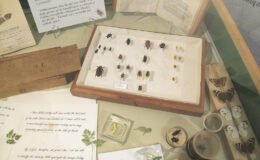
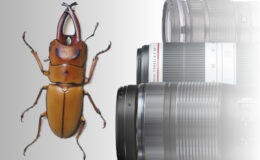
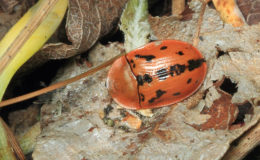
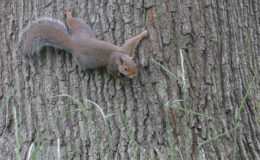
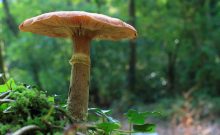
Leave a Comment